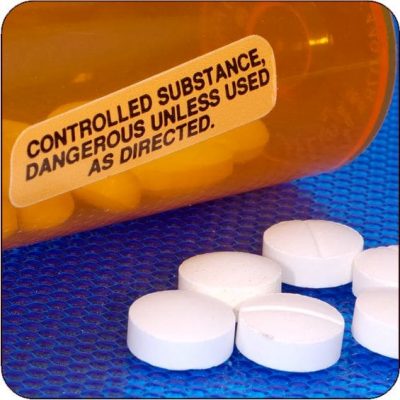Introduction to Prescribing Controlled Substances
Lawrence Carey, PharmD
An understanding of controlled substances is key to safe prescribing for the Advanced Nurse Practitioner. In this presentation, the ANP will learn about state and federal laws that apply to the authority relating to prescribing controlled substances. In particular, ethical and fiscal considerations of prescribing will be considered. It is important for the ANP to understand the indications and contraindications for controlled substances—particularly Schedule II drugs. The uses of these drugs will be discussed, particularly in pediatric and geriatric populations. In addition, considerations for the prevention of abuse and diversion of controlled substances will be offered, including comments on state reporting systems and the implementation and use of prescription drug monitoring programs.
Learning Objectives—Introduction to Controlled Substances
- To understand State and federal laws that apply to the authority to prescribed Controlled Substances, REMS, and ethical and fiscal considerations of CS prescribing.
- To identify indications and contraindications for CS prescribing, particularly in pediatric and geriatric populations.
- To increase awareness of drug diversion and abuse, acknowledging the roles of State reporting systems and Prescription Drug Monitoring Programs.
Implications of Controlled Substance Prescribing
Lawrence Carey, PharmD
Safe prescribing of controlled substances mandates that the Advanced Nurse Practitioner is aware of state and federal laws regulating this process. In this presentation, rules for prescribing each of the controlled substances will be discussed. Methods to decrease drug diversion including Risk Evaluation and Mitigation Strategies, prescription drug monitoring programs, and dear prescriber letters will also be illustrated. To help the NP with prescribing opiates in certain situations, methods for opioid rotation, discontinuance, and use in the patient taking these medications for chronic conditions will be discussed. Finally, inappropriate prescribing and high-risk situations in which controlled substances are sometimes prescribed will be highlighted in an effort to ensure the NP uses these agents in the safest manner possible.
Learning Objectives—Implications of Controlled Substance Prescribing
- Explain the rationale for the development of controlled substance state reporting systems
- List the information that is provided by prescription drug monitoring programs
- Define Risk Evaluation and Mitigation Strategies and its role in harm reduction
- Define opioid use disorder
- List agents that are beneficial in the treatment of opioid use disorder
Schedule II Controlled Substances
Elizabeth Vande Waa, PhD
Senate Bill No. 1109 (Bates) Chapter 693 adds “risks of addiction associated with their use” relating to continuing education requirements to furnish Schedule II controlled substances. Chapter 693 effective January 1, 2019 amends Business and Professions Code, section 2836.1 (g)(3) Furnishing Drugs and Devices.
Nurse Practitioners wishing to furnish Schedule II controlled substances are required to complete either a Board of Registered Nursing-approved continuing education course in Schedule II pharmacology which also includes content regarding the risks of addiction associated with the use of Schedule II controlled substances OR successfully complete the required pharmacological content for Schedule II controlled substances including risks of addiction associated with their use in a board-approved nurse practitioner program.
The Board of Registered Nursing requires a minimum 3-hour approved continuing education course or minimum 3-hour Schedule II pharmacology content in a board approved NP educational program. The Board of Registered Nursing is required to verify each nurse practitioner’s completion of the required Schedule II controlled substance continuing education or NP educational program curriculum content.
- Identify the relationship of the natural history of illness, disease or injury, pathophysiology, and symptomatology to pharmacotherapeutic agents commonly used to treat patients with conditions requiring the use of Schedule II controlled substances, including risks of addiction associated with the use of Schedule II controlled substances.
- Analyze state laws and federal regulations pertaining to furnishing, dispensing, and administering Controlled Substances Schedule II through V medication by nurse practitioner.
- Identify components necessary for proper techniques of prescription writing for Schedule II through V consistent with Health and Safety Code and Pharmacy law.
- Outline the required components of a furnishing standardized procedure or protocol for schedule II and III controlled substance medication in a Patient-Specific Protocol in accord with Business and Professions Code, Section 2836.1. The nurse practitioners’ education, experience, and competence to furnish controlled substances must be included.
- Describe ethical and legal standards and ramifications of prescribing controlled substances.

